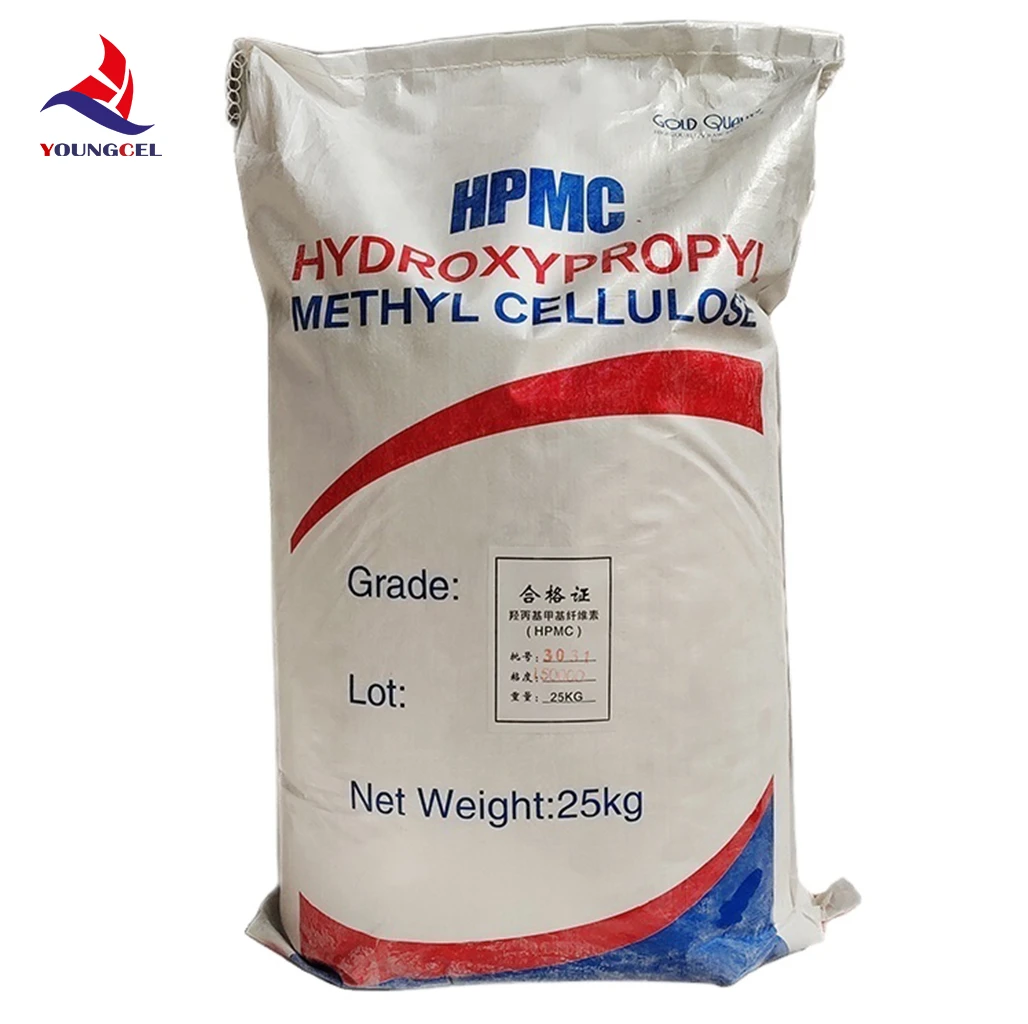Understanding HPMC Grade A Comprehensive Overview
Hydroxypropyl Methylcellulose (HPMC) is a widely used polymer that has garnered significant attention across various industries, particularly in pharmaceuticals, construction, and food. Understanding the different grades of HPMC is crucial for selecting the appropriate type for any given application. HPMC grades vary primarily based on their viscosity, degree of substitution, and molecular weight, which in turn influence their performance characteristics.
What is HPMC?
At its core, HPMC is a semi-synthetic polymer derived from cellulose, which is a natural polymer obtained from plant fibers. The modification process involves the introduction of hydroxypropyl and methyl groups, which enhance the solubility and usability of cellulose. This unique combination gives HPMC its special properties, such as water solubility, film-forming ability, and viscosity.
Grades of HPMC
HPMC is available in various grades, each tailored for specific applications. The grade of HPMC is mainly determined by the viscosity and the percentage of hydroxypropyl and methyl groups incorporated into the polymer structure. Here, we will discuss some of the common grades and their characteristics
1. Low Viscosity Grades Low viscosity HPMC grades typically exhibit a viscosity range of 100 to 500 mPa·s. These are often used in applications requiring quick dispersibility and lower thickening capabilities. They are commonly found in food products as stabilizers or emulsifiers to improve texture without significantly altering the flavor profile.
2. Medium Viscosity Grades Medium viscosity HPMC grades fall within a viscosity range of 1,000 to 5,000 mPa·s. This range strikes a balance between thickening and stabilizing properties. As a result, they are frequently used in pharmaceutical formulations, particularly in hydrophilic matrices for sustained-release drug delivery systems. Their ability to form gels and increase viscosity makes them ideal for applications in gel caps and tablets.
3. High Viscosity Grades High viscosity HPMC grades exceed 5,000 mPa·s and can go as high as 15,000 mPa·s. These grades are typically used in applications where a thickening agent is necessary. They are popular in the cosmetic industry, especially in creams and lotions, where they provide a desirable consistency and enhance the feel of the product on the skin.
Applications of HPMC
hpmc grade

The versatility of HPMC allows it to be utilized in numerous applications
- Pharmaceuticals HPMC is extensively used as a binder in tablet formulations, as it aids in the proper release of the drug. It also acts as a controlled release agent, ensuring that the active ingredients are released at a controlled rate.
- Construction In construction, HPMC is a key ingredient in tile adhesives, plasters, and mortars. It improves water retention, workability, and adhesion in these materials, making them easier to apply and more durable.
- Food Industry HPMC serves as a food additive, acting as a thickener and an emulsifier to improve the mouthfeel and texture of various food products.
- Cosmetics In the cosmetic sector, HPMC is used for its film-forming properties in lotions and creams, providing stability and enhancing texture.
Safety and Environmental Considerations
HPMC is known for its low toxicity and is considered safe for consumption and application in various fields. It has been Generally Recognized As Safe (GRAS) by the FDA when used in food products. Additionally, since it is derived from natural cellulose, HPMC is biodegradable, making it an environmentally friendly option compared to synthetic polymers.
Conclusion
In summary, HPMC is a multifunctional polymer with a variety of grades designed to meet specific needs across different industries. Understanding the properties associated with each grade is essential for making informed choices, whether in pharmaceuticals, food, cosmetics, or construction. With its versatility, safety, and biodegradability, HPMC remains a vital component in the formulation of a wide range of products, driving innovation and performance across numerous applications.
-
The Application and Significance of Construction RdpNewsMay.19,2025
-
Industrial Grade HpmcNewsMay.19,2025
-
Building Coating Adhesive Building Coating Adhesive HpmcNewsMay.19,2025
-
Application Of Hpmc For Detergent For Detergent In DetergentsNewsMay.19,2025
-
Application Of Hpmc Cellulose In Cement-Based MaterialsNewsMay.19,2025
-
Application Of High Quality Hpmc For Construction In The Field Of ConstructionNewsMay.19,2025




